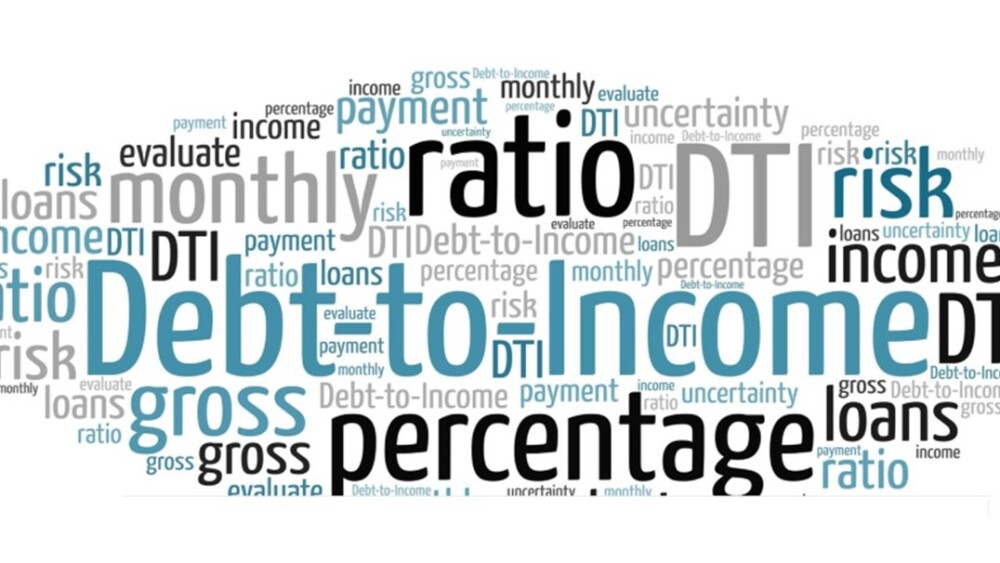Most mortgage loans do look at debt ratios and while it might not be obvious to the borrower, ratios are used. Automated underwriting systems will typically calculate debt ratios on their own when evaluating a loan application. Those with higher credit scores will be allowed to stretch these debt ratios and a higher down payment will also help. Lower down payments and lower scores will be more restrictive.
But not all credit accounts are the same. Essentially they’re broken down into two categories: revolving and installment and both are reviewed when applying for a mortgage. So what are the differences and what should you know about both before applying for a home loan?
The first one to review is revolving credit. Revolving credit is typically something like a credit card account. There is usually a limit on how much someone can borrow. It’s called a revolving credit account because the monthly balance and payment will typically be different each month. The credit limit will stay the same but the balances and payment amounts can vary. So, if payments can vary, what does the lender use when calculating debt to income ratios?
Credit reports will show the credit limit for a revolving account and can also show the current balance and current payment. The lender can use the current payment but can also look at recent monthly reports. Again, automated underwriting systems will use their own calculations but some mortgage programs require a maximum ratio number. If a mortgage program requires the total debt ratio be no greater than 43, then there’s not much a borrower or lender can do about that except pay down some debt or make more money.
Installment debt is pretty straightforward. The monthly payments stay the same and with each payment the balance is slowly diminished until it is paid off entirely. A car payment is typically an installment debt. Buying something on credit from a department store is also installment debt. Once the balance has fallen to zero, the monthly payment is removed. Some loan programs also allow for balances with less than 10 months remaining and also ignore the monthly payment.

